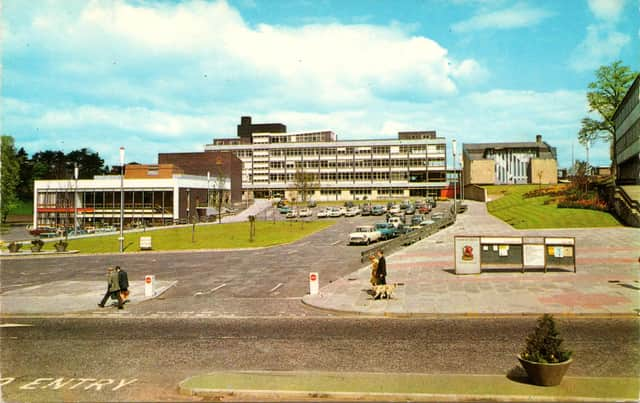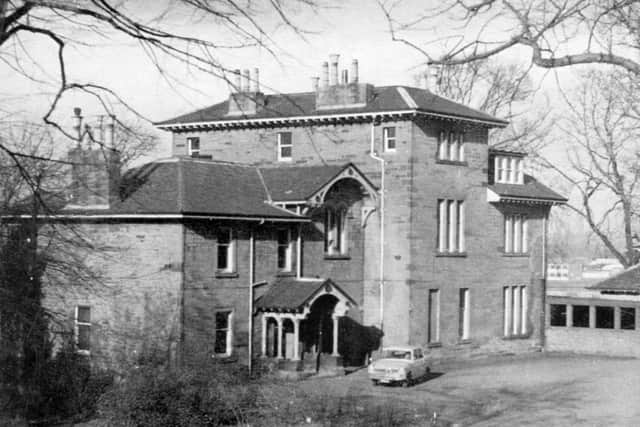Ian Scott: History of Falkirk's municipal buildings has familiar ring


We know councillors and officers have left the buildings in Westbank though where they have gone I’m not too sure.
Eventually the bulldozers will move in and all but the Town Hall will disappear after just 56 years.
Advertisement
Hide AdAdvertisement
Hide AdAs far back as 1930 the councillors had decided that with the expansion of local government services they needed bigger and more modern premises than the handsome Burgh Buildings in Newmarket Street which had served since 1880.


A site in Kerse Lane was purchased but then abandoned.
A new solution was suggested involving extending the existing building down Glebe Street and once again the land was procured before the outbreak of war meant this too was abandoned.
The years after the war were devoted to much needed housebuilding so the project was left on the shelf.
Is this beginning to sound familiar?
In 1960 the plan reappeared and this time included a new Town Hall to replace the much loved building in Upper Newmarket Street, which itself had only been in operation for less than a century.
The sixties were a bad decade to be designing buildings.
Advertisement
Hide AdAdvertisement
Hide AdThe architects of the day were in thrall to concrete and glass boxes – the tyranny of the right angle – and inevitably that was what was proposed.
I will shed no tears when it does bite the dust especially when the site chosen was home to a fine mansion which would have to go.
Westbank House was the former home of the Nimmo family who had played a very significant part in the history of the town over three centuries.
They were involved in the early years of the leather industry and the legal profession and, as recently as World War II, three sons of the family gave their lives serving in far flung parts of the world.
Advertisement
Hide AdAdvertisement
Hide AdThe building which had been used as offices for some council staff was demolished in 1962 and work began the following year.
The architects responsible for the design were Baron Bercott and Associates of Glasgow, the firm that also designed the unloved Callendar Centre (long gone) and the ghastly buildings at the west end of the town opposite Trinity Church.
Enough said! The cost of the buildings without fittings was around £750,000 which seems a pittance compared to today’s inflated prices.
By the Autumn of 1965 the new buildings were nearing completion and the official opening was scheduled for 21st January with Provost James Marshall presiding and the guest of honour, William Ross, the Secretary of State for Scotland.
Advertisement
Hide AdAdvertisement
Hide AdI have no doubt that the new place was far better for all the folk who worked there and that the facilities in the town hall were a huge improvement.
But there were many drawbacks including fairly regular leaks and cracks and ongoing repairs were a feature of the decades since 1966.
The Town Hall was fine as a large municipal space but the lack of a floor rake meant that as a theatre it left much to be desired.
The installation of the moveable seating did make a big difference and it looks like we will be using it for many a year to come.
Advertisement
Hide AdAdvertisement
Hide AdThat is unless the councillors change their minds yet again which is not beyond the bounds of possibility!
Thank you for reading this article on our free-to-read website. We're more reliant on your support than ever as the shift in consumer habits brought about by Coronavirus impacts our advertisers.
Please consider purchasing a subscription to our print newspaper to help fund our trusted, fact-checked journalism.
Comment Guidelines
National World encourages reader discussion on our stories. User feedback, insights and back-and-forth exchanges add a rich layer of context to reporting. Please review our Community Guidelines before commenting.
